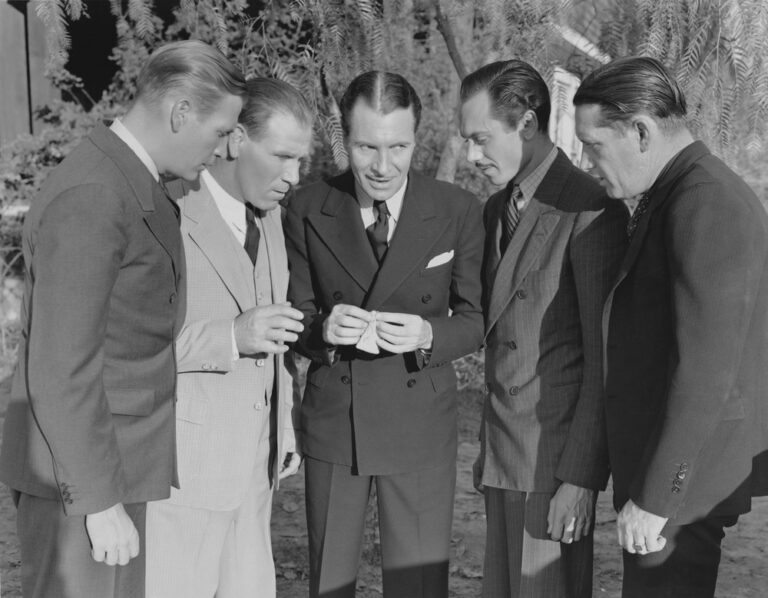Improve Your Website Marketing: How to Identify Your Audience and USP

Every football team has some sort of playbook. From youngsters that read plays off a piece of paper to professional athletes using notebooks to learn new wrinkles to old plays, the playbook is an entrenched part of football.
What does that have to do with marketing, you ask?
It has everything to do with marketing, as the promotion of products and services requires a series of “plays” that when blend seamlessly together, produce a winning combination.
The marketing playbook of today covers two important promotional topics: target audience and unique selling proposition.
Why Identifying a Business Niche is Important
One of the most confusing marketing terms refers to a business niche. The Oxford dictionary offers a dry, yet a highly effective definition of the term niche: “A specialized segment of the market for a particular kind of product or service.” In other words, a niche defines a gap in the market that a business can fill by offering high-quality products and/or services.
There are three primary reasons why defining your business niche is important:
- Make a positive, long-lasting first impression
- Attract ideal customers/clients
- Let everyone know your specialty
Not having a niche is like not painting a name on a boat. People will forget your business in mere minutes after learning about it. Think of how Nike defines its niche. This sneakers manufacturer defines its niche as one for superstars. Omni Hotels defines its niche as a hotel chain that excels at delivering superior customer service.
Defining your business niche also attracts the customers you want doing business with you. Because of establishing a business specialty by defining a niche, attracting the right customers just got much easier to do.
How to Identify Your Target Audience
Three primary characteristics will alert you when your business has discovered the right audience:
- Customers that have an urgent need to solve a problem
- Lack of competitors serving the same niche
- Customers willing and able to pay for the urgent problem to be solved
The question is how does your business identify the right target audience?
Take a Hard Look at Your Current Customer Base
Identify why your loyal customers purchase products and/or services from you. Search for common interests and characteristics. In many cases, your target audience can be defined by many of the customers already doing business with you.
Who Does the Competition Target?
The easy answer is to follow the lead of successful competitors. However, you do not have to target the same market. The key here is to discover which customers the competition has ignored and your business then goes after that base. Even better, define the customers your competitors have underserved by offering inferior products and services.
List the Benefits of Your Products and/or Services
Write a list of the best features of each product and/or service. What benefits do the features bring customers? After listing product feature benefits, create a different kind of benefit list. Make a list of the type of customers that need the benefits delivered by your product/service features. Matching customers to product feature benefits attracts and sustains a loyal customer base.
Demographics Matter
Demographic analysis is a highly effective way to narrow down the list of your target audience. Here are the main demographic categories:
- Age
- Gender
- Profession
- Marital status
- Income
- Location
- Ethnic background
Use Psychographic Factors
As a relatively new way to find the right target audience, psychographic factors narrow down the factors that form the basis for demographics.
- Values
- Personality
- Social attitudes
- Interests
- Lifestyle
What is a Unique Selling Proposition (USP)?
f you want your business to flourish because of the implementation of effective marketing strategies, you will have to identify your unique selling proposition (USP). Entrepreneur.com defines a USP like this: “The factor or consideration presented by a seller as the reason that one product or service is different from and better than that of the competition.”
The problem with a book definition of a USP is that it leaves many real-world principles out of the explanation. Here’s a better definition:
A USP is what separates your business from the competition because of what your business represents.
You want your business to be known for something favorable. When you try to be everything for everybody, you can expect to become known for nothing.
How to Find Your USP
We’re not talking about finding our inner path. Discovering your business USP is a relatively simple process.
Write Down Unique Product Features
Remember when we listed product feature benefits to identify your target audience? Now, we take the same approach with product features that make your business unique.
Reduce the Size of Your Target Audience
Once again, do not try to please everyone. Think about the dedicated group of customers that will benefit from the unique product features your business offer. Marketing to a small, hardcore group of customers allows your business to build a lifetime relationship with them.
Find Target Audience Gaps Missed by Competitors
This is the step that seals the USP deal. Examine what your competitors are doing well and more importantly, the categories where they underperform. For example, if much of the competition is known for delivering shoddy customer service, your business USP can be to provide superior customer service for your business niche.
Finally, your business can create a compelling USP by helping customers solve their problems. Marketing a product or service used to entail nothing more than explaining to customers what they need to purchase. Now, you have to play several roles before consummating business transactions.
One of the roles involves solving customer problems.
Think about it. What is the number one way to build trust and credibility: By demonstrating your business can make the lives of customers much easier. When you help a customer solve a problem, you are starting a relationship that can last for decades. For example, an auto service center can create a USP by becoming the go-to expert for tune-ups.
Developing trust and credibility with customers is perhaps your strongest USP.
Photo by Annie Spratt on Unsplash
Get Notified When We Publish New Content!
Join more than 2,500 people who get our marketing automation, business marketing, and WordPress news!






